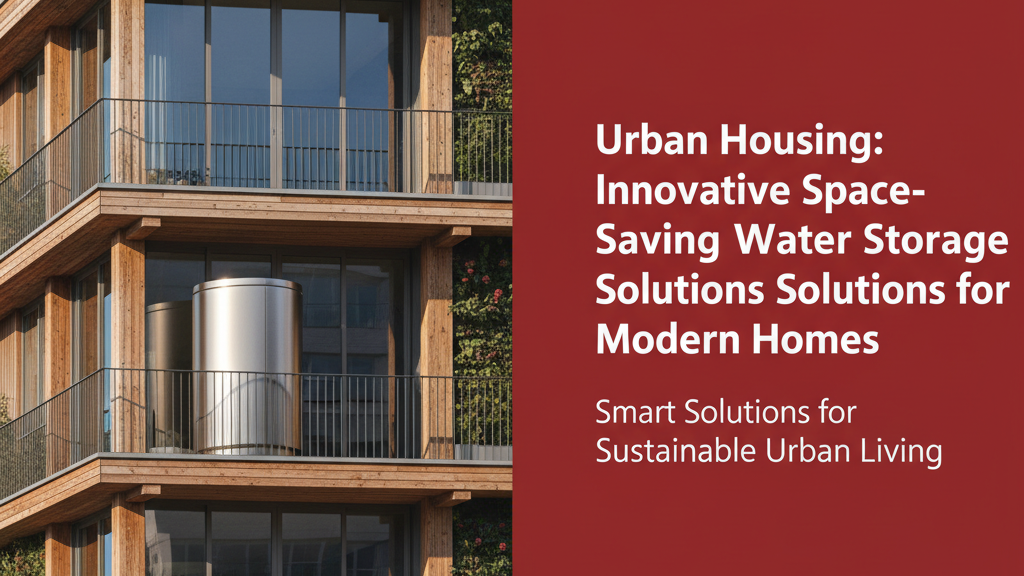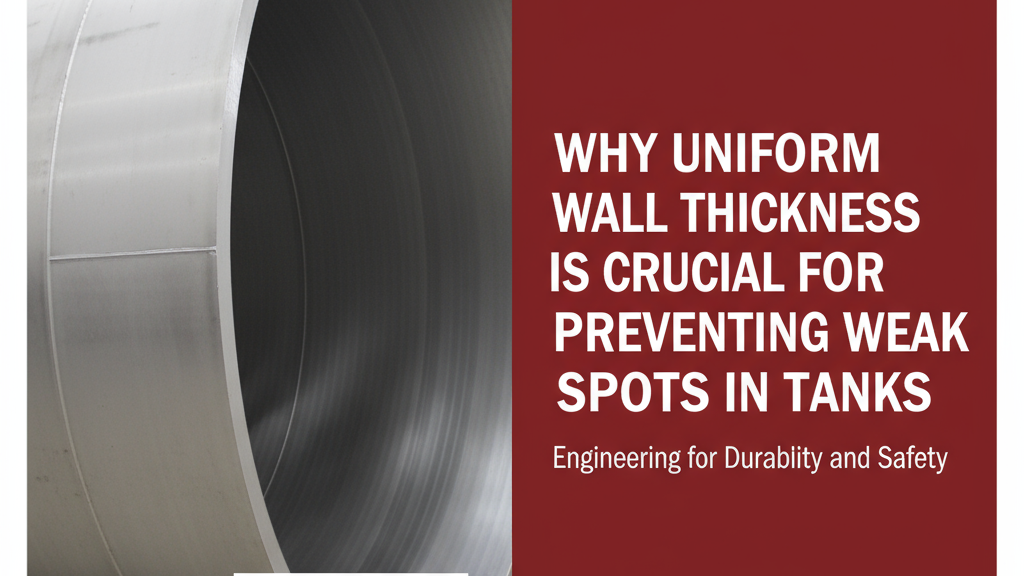Introduction to Space-Efficient Water Storage in Urban Homes
Modern urban homes face a unique challenge: the need for reliable water storage without compromising limited living spaces. As cities grow denser, homeowners and builders must think creatively to integrate water storage solutions that are both functional and space-conscious. This guide explores innovative approaches that balance capacity with compact design.
Why Urban Housing Needs Compact Water Storage Solutions
Several factors make space-efficient water storage essential in urban environments:
- Limited floor area: Apartments and row houses rarely have dedicated storage rooms
- Water security: Municipal supply interruptions necessitate backup reserves
- Rainwater harvesting: Makes use of monsoon rains despite space constraints
- Structural constraints: Older buildings may not support heavy conventional tanks
Top Space-Efficient Water Storage Options
Underground Water Tanks: Hidden and Secure
Buried tanks preserve outdoor space while keeping water cool and algae-free. Modern HDPE underground tanks offer:
- Corrosion-resistant construction (ISI-certified grades recommended)
- 500-5,000 litre capacities in compact footprints
- Protection from UV degradation and temperature fluctuations
Wall-Mounted Water Tanks: Utilising Vertical Space
Slender tanks (typically 100-300 litres) that mount directly to exterior walls or balcony partitions:
- 25-40cm depth profiles minimise protrusion
- UV-stabilised uPVC maintains water quality in direct sunlight
- Gravity-fed designs eliminate pump space requirements
Modular Water Storage Systems: Flexible and Scalable
Interconnectable tanks that grow with your needs:
- Stackable HDPE cubes (200L modules typical)
- Can distribute weight across multiple structural points
- Ideal for staggered installation in tight spaces
Rooftop Water Harvesting: Dual-Purpose Space Utilisation
Low-profile tanks (30-45cm height) that double as terrace flooring:
- Reinforced designs support foot traffic (500kg/m² load capacity)
- Integrated filtration for direct rainwater capture
- Typically 1,000-3,000 litre capacities
Key Benefits of Compact Water Storage Solutions
| Feature | Advantage |
|---|---|
| Space efficiency | 40-60% smaller footprint than conventional tanks |
| Temperature stability | Underground/insulated tanks maintain 5-8°C cooler water |
| Material longevity | HDPE/uPVC resists corrosion for 15-25 year lifespans |
| Water conservation | 80-90% rainwater harvesting efficiency with proper systems |
How to Choose the Right Solution for Your Urban Home
Consider these factors when selecting compact storage:
- Available space: Measure vertical and underutilised areas (service ducts, stairwells)
- Water demand: Calculate 50-75 litres per person daily for backup supply
- Structural capacity: Verify load-bearing limits with a civil engineer if exceeding 1,000kg
- Material suitability: uPVC for sunlight exposure, HDPE for buried/weight-sensitive installations
Installation Tips for Small-Space Water Storage
- Ensure minimum 50mm clearance from walls for maintenance access
- Use vibration-absorbing pads under wall-mounted tanks (≥10mm rubber recommended)
- For underground tanks, provide 150mm sand bedding for even load distribution
- Position inlet/outlet valves for easy access without moving the tank
Maintaining Your Space-Saving Water Storage System
Compact designs require careful upkeep:
- Inspect wall-mounted brackets annually for corrosion
- Clean underground tank interiors every 2-3 years
- Check modular system gaskets during monsoon preparations
- Monitor rooftop tank surfaces for cracks if doubling as flooring
Conclusion: The Future of Water Storage in Urban Housing
As Indian cities continue densifying, integrated water storage solutions will become standard in residential design. The combination of advanced materials like uPVC and HDPE with smart spatial planning allows homeowners to maintain water security without sacrificing living space – a critical balance for sustainable urban living.


